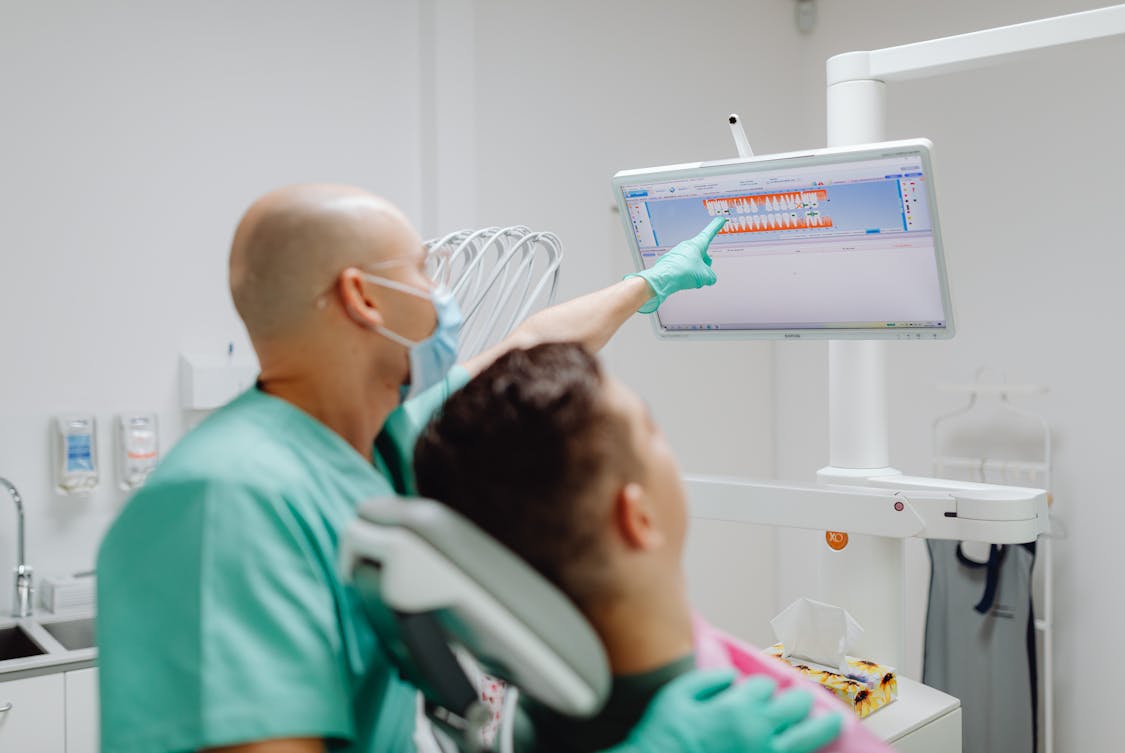In an era where technology plays a pivotal role in business operations, the integration of IT systems within Dental Service Organizations (DSOs) has become increasingly significant.
This integration not only streamlines processes but also enhances patient care, improves data management, and fosters growth. Let’s explore the key reasons why IT integration has become indispensable for DSOs.
Enhanced Operational Efficiency
To put it plainly, integrating IT systems allows DSOs to operate more smoothly. With various departments utilizing different software, discrepancies can arise. By centralizing data management, DSOs minimize errors and reduce redundancy.
For instance, when patient records, billing, and appointment scheduling are interconnected, staff can access necessary information in real-time. This eliminates the back-and-forth often associated with disjointed systems, boosting overall productivity.
Furthermore, automation tools can relieve administrative burdens. Tasks like appointment reminders and billing can be automated, allowing staff to focus on providing quality care rather than getting bogged down by paperwork.
This shift not only saves time but also elevates the patient experience, making appointments seem seamless.
Improved Data Management and Security
In a field as sensitive as healthcare, data integrity is paramount. IT integration aids in creating a unified database, which enhances data accuracy and security.
When all information is stored in a singular system, the chances of data loss diminish. Moreover, robust security protocols can be implemented more effectively on a centralized platform, protecting patient information from breaches.
Additionally, DSOs can utilize analytics tools to glean insights from aggregated data. This helps in identifying trends, patient preferences, and operational bottlenecks.
Leveraging this data can lead to more informed decision-making and, ultimately, better patient outcomes.
Streamlined Communication
Effective communication is at the heart of any successful organization. IT integration facilitates real-time communication among staff members, whether they’re in the same office or across various locations.
Tools like instant messaging and video conferencing can be embedded within the integrated systems, ensuring everyone stays connected.
Moreover, patients also benefit from streamlined communication. Integrated platforms can enable secure messaging systems, allowing patients to reach out to their dental teams easily.
Quick responses to inquiries or issues enhance patient satisfaction and trust, which can lead to increased loyalty.
Facilitating Compliance and Regulatory Adherence

Healthcare is a heavily regulated industry. IT integration aids DSOs in maintaining compliance with legal and regulatory requirements.
By automating documentation and reporting processes, organizations can ensure that they meet standards without excessive manual oversight.
Audit trails can be created within integrated systems, documenting changes and access to sensitive information. This transparency is critical during inspections or audits.
Furthermore, as regulations change, an integrated IT system can be updated quickly, ensuring that DSOs remain compliant.
Enhanced Patient Care and Experience
At the end of the day, the goal of any DSO is to provide top-notch patient care. IT integration plays a key role in achieving this.
With access to comprehensive patient histories, dental professionals can offer personalized treatment plans tailored to individual needs. This not only improves outcomes but also helps in building a strong patient-practitioner relationship.
Furthermore, integrated scheduling systems can optimize appointment slots, reducing wait times and ensuring that patients receive timely care.
For organizations planning upgrades, leveraging their DSO tech infrastructure can make the transition smoother and more cost-effective, avoiding unnecessary disruptions to patient services.
A more organized system reflects positively on the overall patient experience, fostering a welcoming environment.
Cost Management and Financial Insights
Financial efficiency is often the backbone of organizational sustainability. IT integration allows for more accurate billing and payment tracking.
By linking scheduling and billing systems, DSOs can ensure that services rendered are billed promptly, minimizing delays in revenue collection.
Additionally, comprehensive financial reporting tools can provide insights regarding revenue streams and expenses. This real-time data enables organizations to make informed financial decisions, helping to identify areas for cost savings or investment.
In a competitive environment, such insights can be the difference between thriving or merely surviving.
Scalability for Future Growth
As the healthcare landscape evolves, so do the needs of DSOs. IT integration provides a foundation for scalability.
When systems are interconnected, adding new locations or services becomes simpler. New clinics can be brought online quickly, leveraging existing tools and protocols.
Moreover, integrated systems can adapt to changing technologies. Whether it’s incorporating telehealth services or advanced imaging technologies, an interoperable IT structure allows for easy integration of new solutions without overhauling existing frameworks.
Enhancing Marketing and Patient Outreach
In today’s competitive market, effective marketing strategies are essential. Integrated IT systems can analyze patient demographics and behavior, allowing DSOs to tailor their marketing efforts accordingly.
Knowing which services are in demand can guide promotional strategies, ensuring that resources are allocated effectively.
Furthermore, engaging patients through digital channels becomes easier with an integrated approach. Email campaigns, social media outreach, and targeted advertisements can all be managed from a unified platform.
This not only elevates brand presence but also strengthens community ties.
Building a Culture of Innovation
Finally, IT integration fosters a culture of innovation within DSOs. When staff members have access to the latest technologies and tools, they’re more likely to embrace new ideas and practices.
Encouraging a mindset of continuous improvement can lead to better procedures and patient care.
Additionally, integrated systems can support research initiatives and collaborations with academic institutions or other healthcare entities.
This creates an environment where new practices and findings can be shared, furthering the field of dentistry and enhancing patient outcomes.









